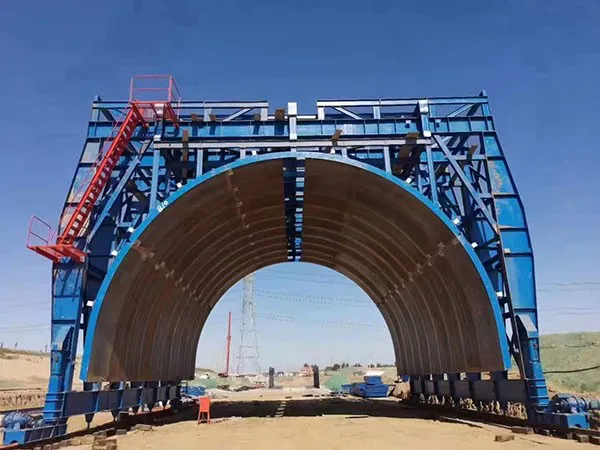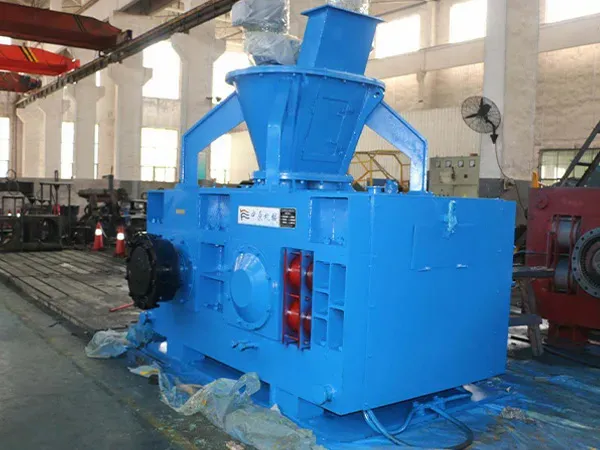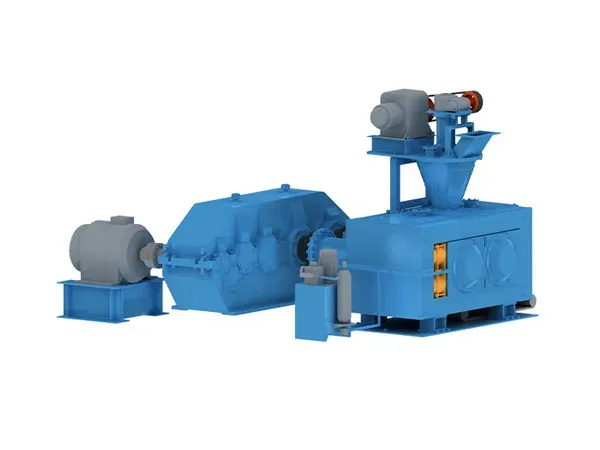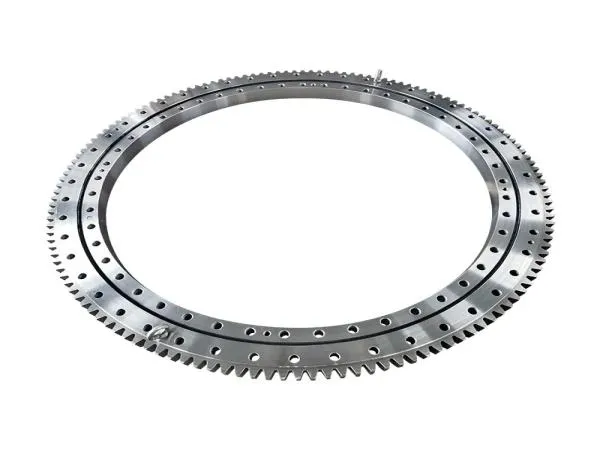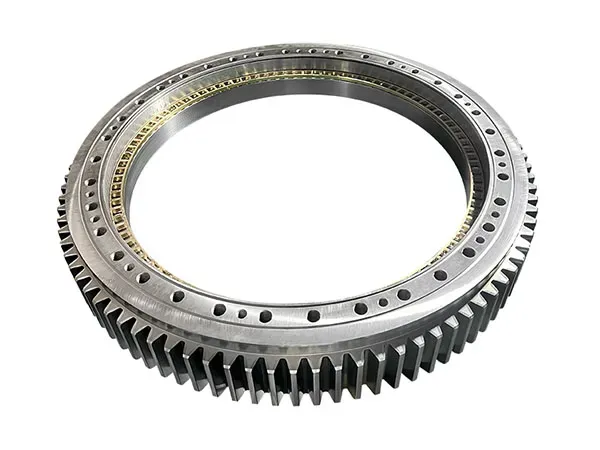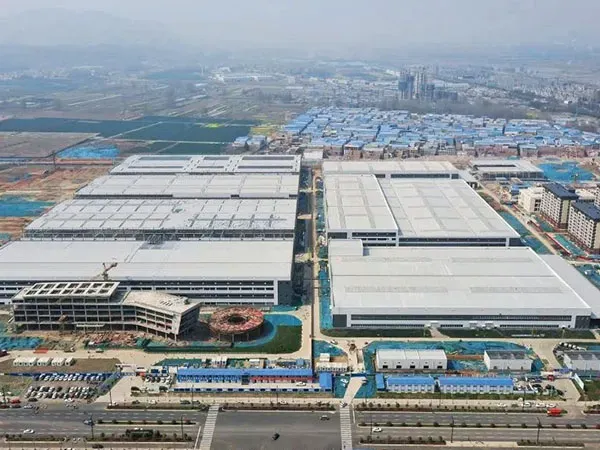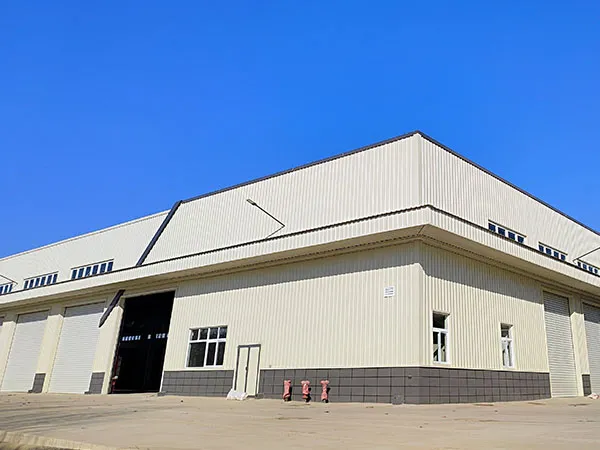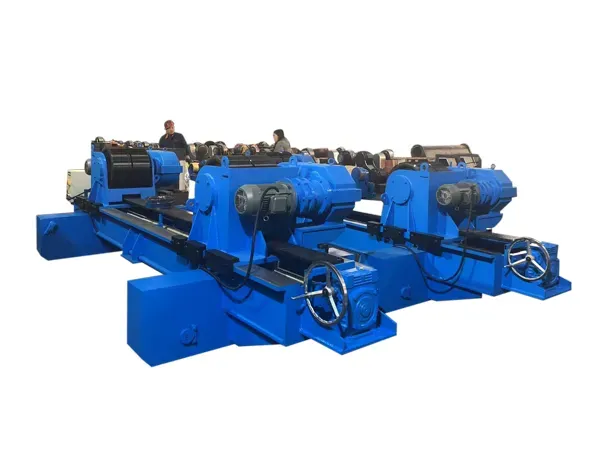Advantages of tunnel lining dollies in tunnel construction
Tunnel lining cart is a special equipment that must be used in the secondary lining of tunnel construction process, which is used for the concrete lining construction of the inner wall of the tunnel. This equipment is an indispensable non-standard product for secondary lining, mainly including simple lining cart, fully hydraulic automatic walking lining cart and net frame lining cart. This equipment has a streamlined structure, convenient operation, standardized and modular design in all aspects, which is easy to manufacture, shipment, on-site disassembly and management.
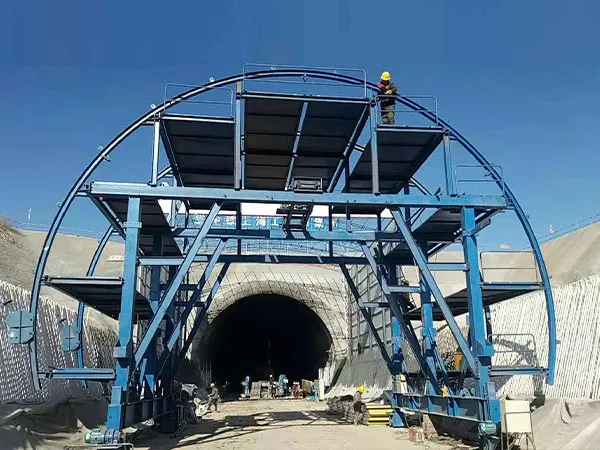
Tunnel lining cart is widely used in industrial production, medical scene water conservancy, underground engineering, mining and tunnel construction and other fields. Among them, the advantages of tunnel lining cart in tunnel construction are mainly reflected in the following aspects:
1. Construction efficiency: tunnel lining cart can be quickly moved to any position in the tunnel, so that the lining construction can be carried out continuously, reducing the movement time of construction personnel and equipment, thus significantly improving the construction efficiency.
2. Construction cost control: By using tunnel lining carts, the demand for human resources can be reduced, and the mechanization rate of tunnel second lining construction can be improved, thus reducing the labor cost and improving the construction progress.
3. Construction quality assurance: Tunnel lining cart can ensure the shape and size accuracy of concrete lining, provide a stable operation platform for construction personnel, and help to improve the quality of tunnel lining construction.
…
More detailed information about the advantages of tunnel lining dollies in tunnel construction can be found by visiting:https://www.gf-bridge-tunnel.com/a/blog/advantages-of-tunnel-lining-dollies-in-tunnel-construction.html

